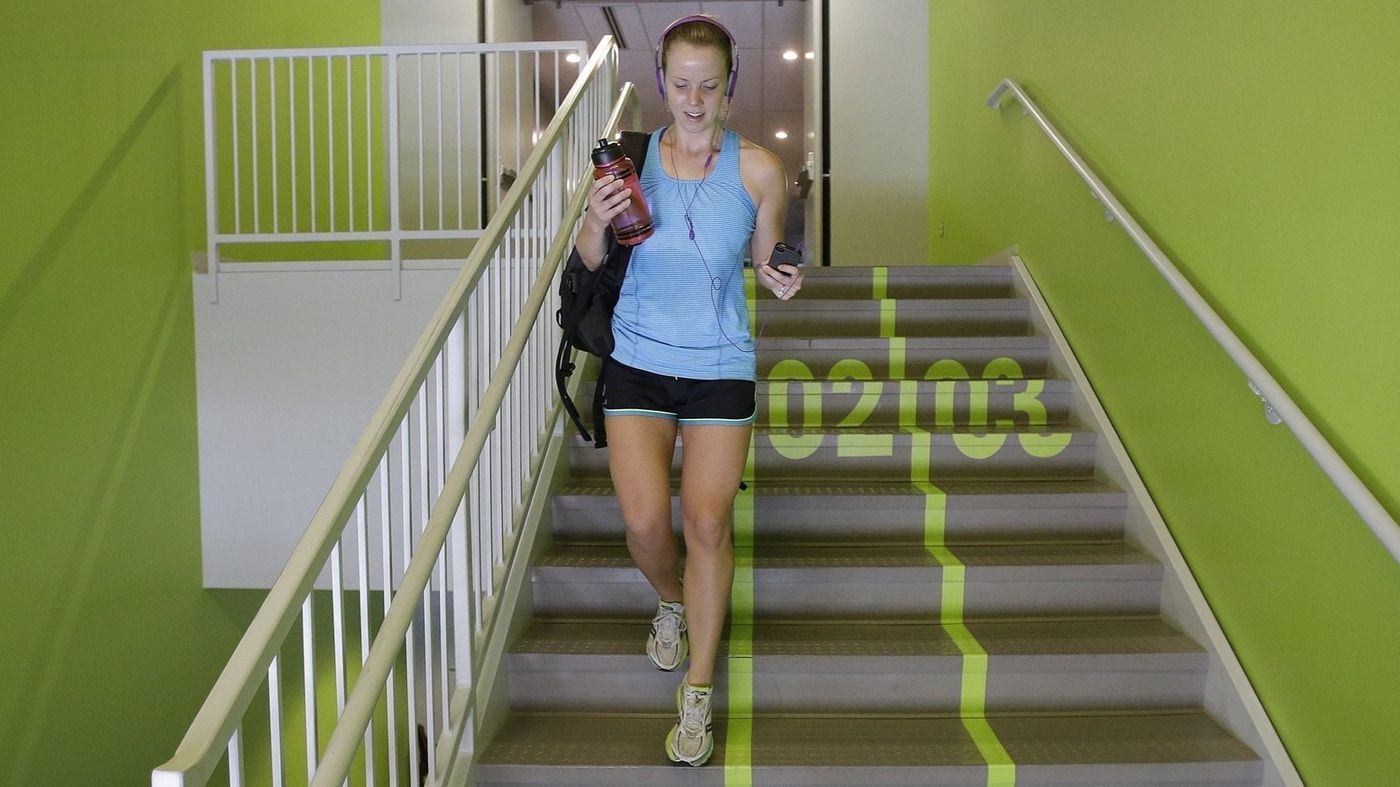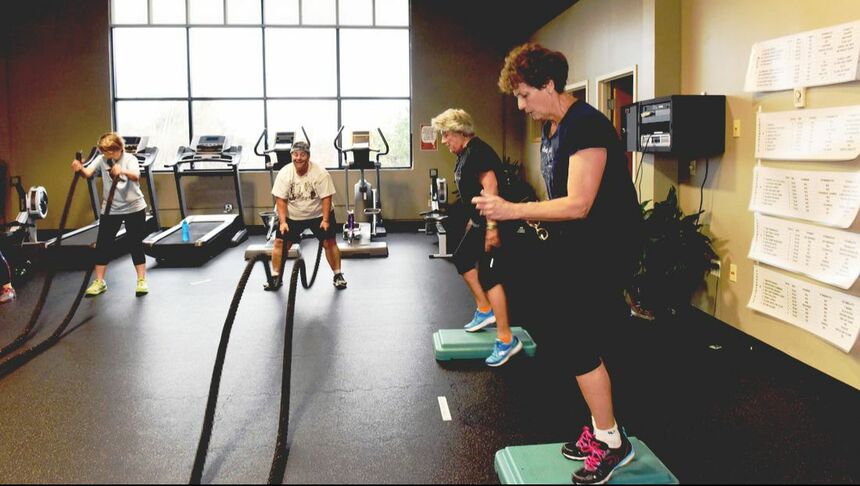|
Have you make the choice to live as long as you can, as independently as you can?
How can I help you make that choice, it is yours to create. After you have made it I can give you the options you need to achieve your lifestyle fitness goals.
The new exercise and physical activity guidelines issued by the US federal government’s Office of Disease Prevention and Health Promotion are better tailored for age and ability. Importantly, they also now take into consideration the intensity of activity, and not just a blanket generalisation of "moderate activity". This is the biggest difference which will most change the potential impact of the new guidelines as compared to the old.
This move to recognise intensity is a very useful change. Previously the recommendations focused people on spending a certain amount of time exercising, including the caveat that spending less than 10 minutes at any one time was not worthwhile. The new guidelines base your dose of physical activity on relative intensity: how much effort a given exercise takes compared with your capacity for exercise. They also recognise that short bouts of exercise can be useful - "what really is important is the total amount of physical activity you accumulate during the day and the week".
It's that time of year again where new gym memberships soar, ambitions are high, and lofty fitness goals are set. As we all know, the New Year's fitness see-saw usually ends up with an unhappy ending, unfortunately. Here are my five suggestions to help you create the most sustainable start for your New Year's fitness program. 1. Start small - less is moreTrim your ambition and start with much less than you think you can accomplish. For a start don’t plan an hours session at the gym every day of the week, and don't plan 5:30am classes if you normally don’t even get up until 6:30am. It's better to add more later than to start and then try to subtract. Most people don't end up subtracting successfully - they stop altogether. You only need start with 3 gym sessions a week, make one focused on cardio e.g. a spin class, one on strength e.g. a Bodypump class, and one on functional exercise e.g. Pilates or Body Balance. Classes are the easiest way to get a pattern established and you don’t have to think about what to do next. 2. Trim your diet - eat 20% less not 20% moreMost of the population will lose weight by eating less, especially in combination with exercise.
However people who are starting out exercising often find themselves eating more to satisfy their hunger after exercising. After a while it becomes a habit to eat after exercise and eventually become disillusioned with their whole exercise program - for the wrong reasons. If you start to generally eat less - 20% less - then your stomach will shrink and your desire for food will reduce. |
ChoicesSince I was diagnosed at 50 with Type 2 diabetes I've been learning how to do bone-building fitness training which lowers my age. You can too. It's your choice. Walter Categories
All
Archives
May 2023
|


 RSS Feed
RSS Feed



